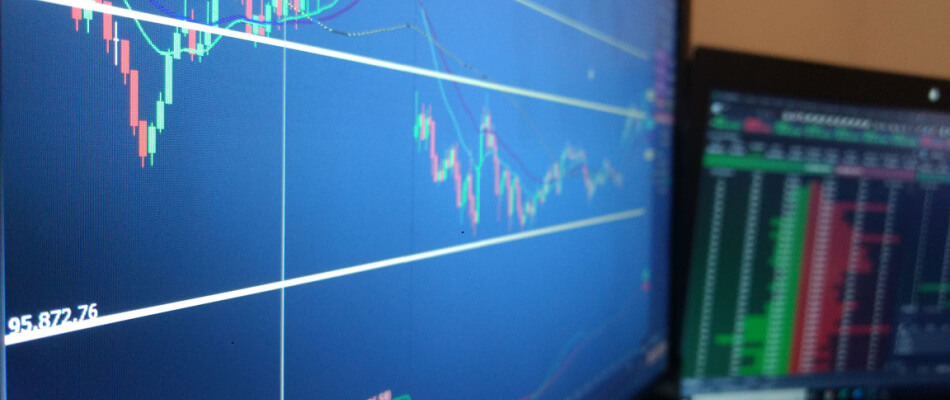Currency Day Trading
An important distinction can be made between the different types of investors. You have passive investors and day traders. With passive investments, the shares are held for a longer period after purchase. This can be for a period of a few months or over a number of years. These shares are invested in for a longer period, because there is confidence that they will gradually increase in value or that they will provide good dividend yields. There is no trading based on short-term fluctuations.
Day traders operate differently. In day trading (also referred to as active investing or day trading ) , transactions are concluded continuously. A day trader wants to earn money from short-term price changes and trades in positions. These are called ‘long positions’ when buying and ‘short positions’ when selling. It is less important for a day trader in which direction the price moves in the long term, because he only keeps his positions open for a short time. This can last a few seconds or at most a few days. A day trader therefore responds to short-term fluctuations .
Risks in currency trading when day trading
Day trading involves great risks. A day trader can lose his entire investment in a matter of minutes. This is because when taking large positions on the Forex market , small price movements can have a major effect on the price and therefore also on the amounts of money involved. It is therefore of great importance that the investment in one day trade or transaction of an active investor, only represents a small part of his total investment capital.
To counterbalance the high risk, a high return is possible. Where passive investing yields a return of 10% in one year, a day trader can achieve this in a few weeks (or sometimes even within one day!). Suppose a Forex trader opens 6 day trades per day and closes his positions with a profit in 53% of the transactions, that is a profit of more than 1 in 2. He invests no more than 2.5% of his capital per Forex trade . After 5 weeks, his capital has increased by 16%. A year later, he has more than quadrupled his starting capital.
Transaction costs
Due to the large number of transactions, a day trader owes a lot of commission to the broker. If you can save on transaction costs, that is a bonus. Ask your broker if you are eligible for a volume discount . This is usually the case. But do not get hung up on any transaction costs and the commission you would have to pay. Other brokers (usually CFD brokers ) do not charge a commission , but instead apply a higher spread . As a result, you also have to deal with extra costs when opening and closing positions and you also pay transaction costs indirectly.

Trading platform
A fast and reliable trading platform is even more important than the amount of transaction costs. Speed is essential in Forex trading, so that positions can be taken or closed quickly enough. If a trading platform does not respond quickly and cannot load or is prone to failure, this can even be disastrous. Also make sure that your broker and his trading platform offer the right order types that fit your strategy.
Technical Analysis of Currency Trading for Day Trading
The vast majority of day traders trade using technical analysis and charts. You can use a range of indicators that give you insight into price movements in the currency market. This allows you to better observe trends or signal a change. There are hundreds of indicators. RSI, Moving Average and MACD are a few examples of useful indicators.
Compare brokers and start investing in Forex
Are you excited about investing in Forex after reading this article? Compare Forex brokers and find the broker that suits you best!